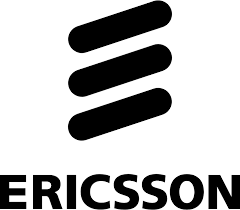IoT devices – such as cameras, smart thermostats & doorbells – can generally be less secure than most network attached devices (i.e. computers, network drives, servers, etc). Still, they require Internet service to operate and allow you remote access for control and monitoring. In effort to better secure these devices from the rest of your […]
Tag: virtual
New Possibilities in the 5G World
Most of the conversations and articles about 5G typically center around the possibilities of it replacing broadband Internet, or how we can combat the bandwidth limitations of the current LTE services. If you’re looking for some new content, check out the webcast Ericsson’s North America CEO, Niklas Heuveldop, did with the Washington Post recently. He’s […]


